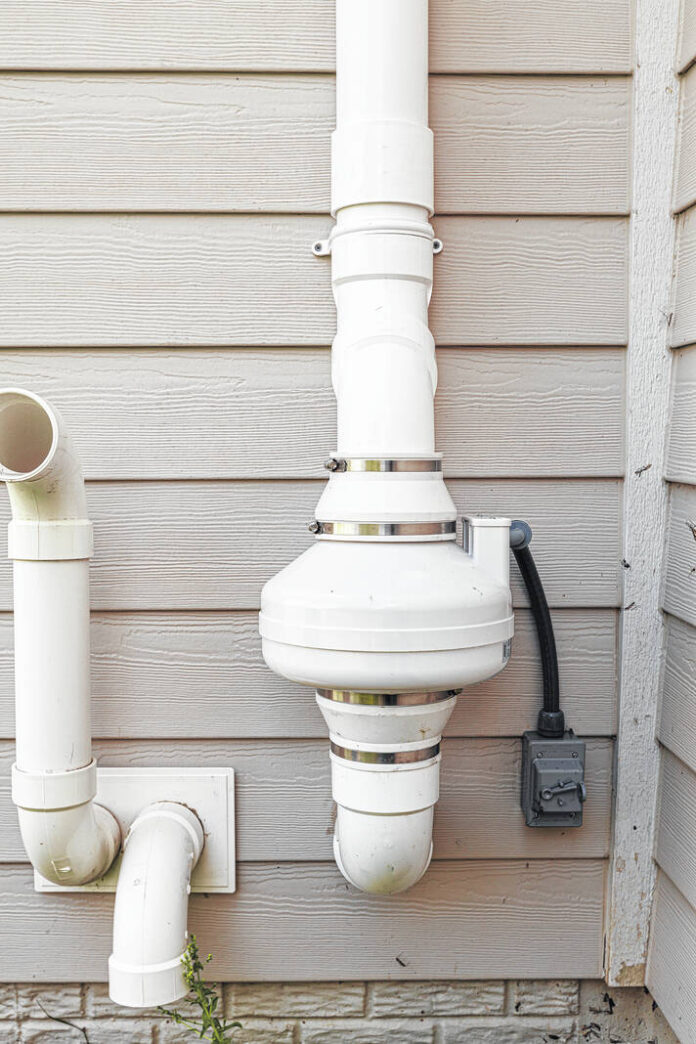If you’ve come across radon, it’s probably as part of a home inspection that turned closing into a big hassle for everyone. But radon is no small matter. Take this threat seriously if it shows up in your home.
Radon mitigation costs an average of $1,000. Most jobs range between $800 and $1,200. The cost of radon mitigation is affected by home size. A large home with multiple foundations or complex configurations can cost as much as $3,000 to mitigate. Professional radon testing costs an average of $425.
What is radon?
Radon is a colorless, odorless radioactive gas naturally generated from decaying elements in the ground. Out in the open air, it causes little trouble, but in an enclosed space, it can build up beneath a home’s foundation or basement and gradually seep into the living area.
Over time, exposure to radon can cause cancer. Among nonsmokers, it’s the leading cause of lung cancer, and according to the EPA, it’s responsible for 21,000 deaths per year.
Radon can develop in anyone’s home, new or old, basement or no basement, drafty or sealed. This means it’s not anybody’s fault if radon appears, but you still need to deal with the problem. Nobody can detect radon without a test, and radon levels can easily change from one home to the next. To test for it, you leave an inexpensive radon testing kit in your home for a few days, then send it off to a laboratory. You can also hire a professional to perform an in-depth test. Radon testing is often included in the cost of an overall home inspection, which is why it commonly comes up during home sale closings.
Radon mitigation cost factors
You might not be able to stop radon from developing, but you can take steps to direct it away from your living area. The most common and effective solution to radon involves drilling a gap beneath the home and using a fan to force radon out through a pipe, dissipating harmlessly into the outdoors. This has the highest radon remediation cost, starting around $700. Another method, passive suction radon remediation, costs around $500 at the low end. This uses a pipe and naturally rising air rather than a fan to remove radon.
Other methods, such as sealing off problem areas and lower level pressurization, cost less but are less effective in most cases. A radon mitigation professional can advise you as to the best solution for your home. No federal agency licenses radon contractors, so check for state licensing and local requirements. After the work is done, conduct another test yourself or with an independent contractor to verify the radon has been removed. Experts recommend that you not use the same contractor for testing and mitigation, to ensure unbiased results.
Tweet your home care questions with #AskingAngi and we’ll try to answer them in a future column.







